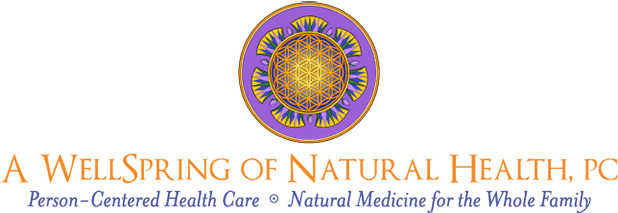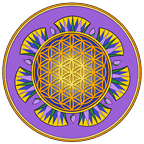Herb, Nutrient, and Drug Interactions: Clinical Implications and Therapeutic Strategies
By Mitchell Bebel Stargrove, Jonathan Treasure J, and Dwight L. McKee
Elsevier Health Sciences
Presenting detailed, evidence-based coverage of the most commonly encountered therapeutic agents in modern clinical practice, this resource is designed to help you safely and effectively integrate herbal, nutrient, and drug therapy for your patients or clients. Combining pharmaceuticals with herbs or supplements may complement or interfere with a drug’s therapeutic action or may increase adverse effects. Additionally, drug-induced depletion of nutrients can occur. Comprehensive clinical data, quick-reference features, and the insight and expertise of trusted authorities help you gain a confident understanding of how herbal remedies and nutritional supplements interact with pharmaceuticals and develop safe, individualized treatment strategies for your patients.


